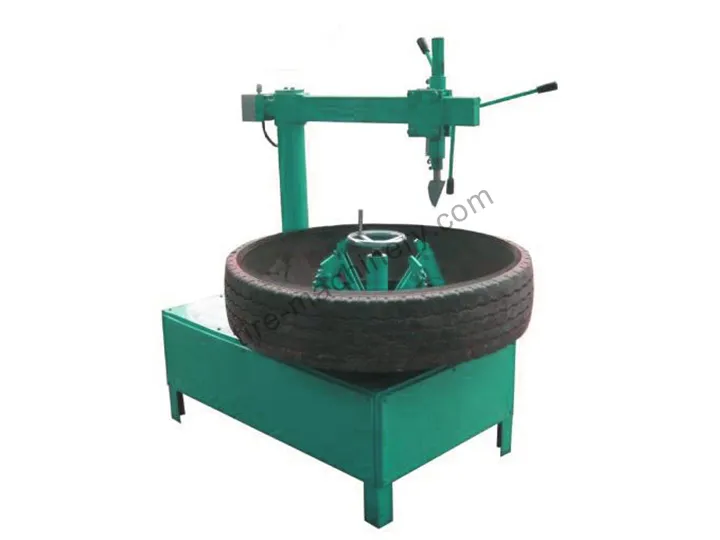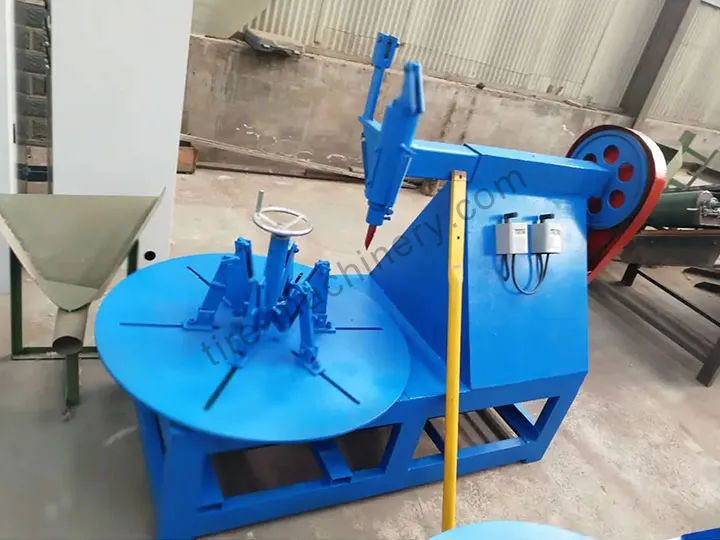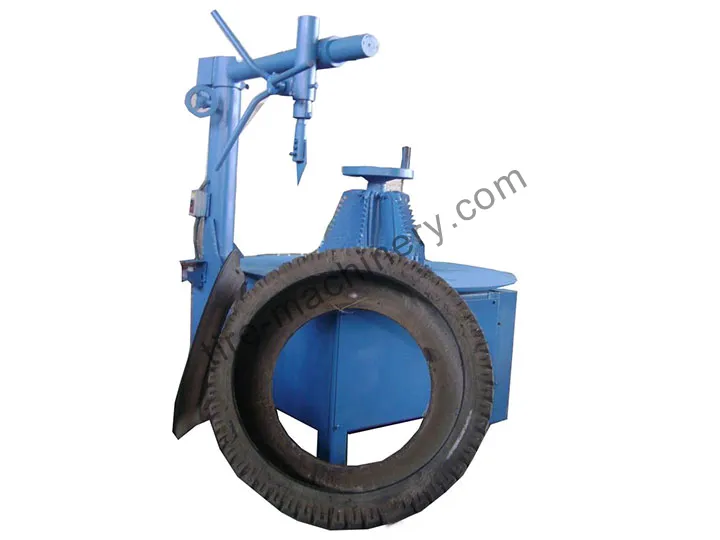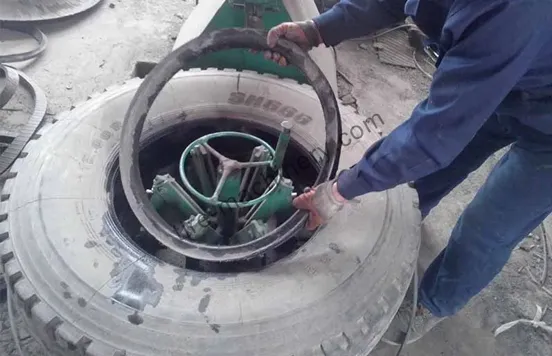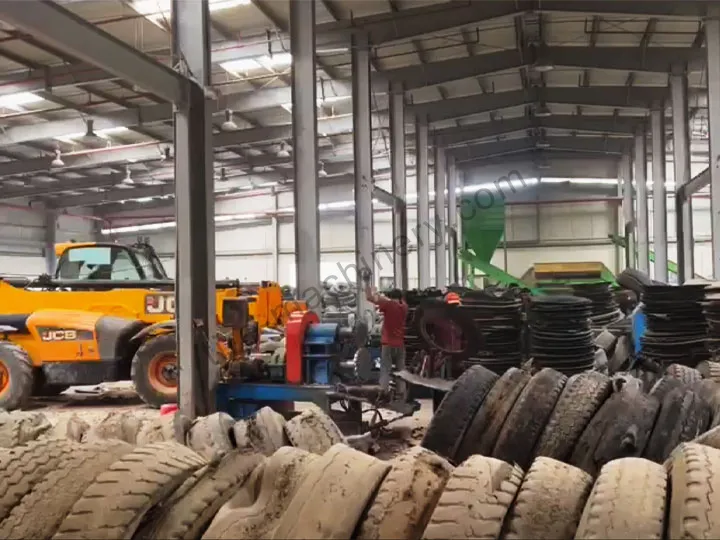Maximizing Energy Savings: How to Optimize Your Tire Recycling Process
This article explores the core strategy for reducing energy consumption in tire recycling lines. It identifies the primary shredder as the largest energy consumer, especially when processing whole tires. By introducing a pre-treatment process, such as using a tire ring cutter to break down tires first, shredder load is significantly reduced, leading to substantial cuts in electricity costs. This is a practical guide on how to achieve energy savings and efficiency through process optimization.
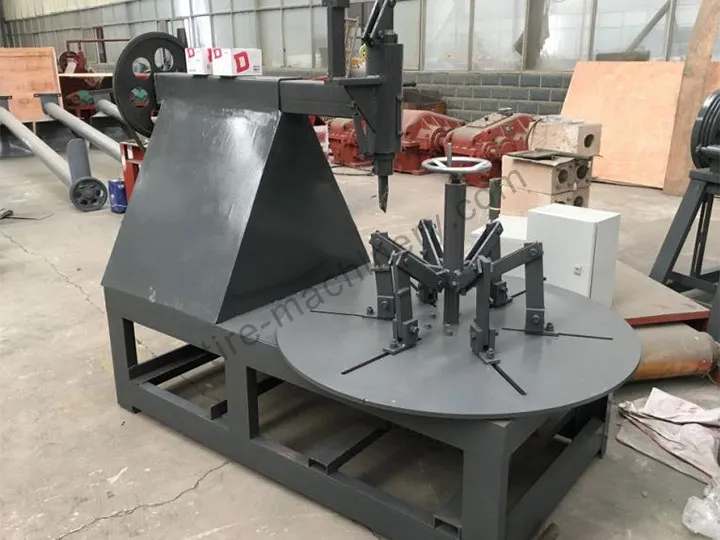
In any tire recycling plant, operational costs are a constant focus, and electricity bills often top the list. Many plant managers look to the shredder itself, assuming a bigger motor or a newer model is the only path forward. However, the most effective energy-saving strategy comes not from more power, but from a smarter process. This article will dive deep into how to optimize the tire recycling process to fundamentally slash energy consumption.
The True Source of High Energy Consumption: The Tire Shredder
To solve a problem, you must first identify its root. Within a tire recycling line, the energy “monster” is undoubtedly the primary shredder. Shredding a whole truck tire requires immense torque and power, as the machine must fight against both tough rubber and high-tensile steel simultaneously. This process is not only inefficient, but the shredder’s motor operates under high load or even overload conditions for extended periods, leading to staggering tire shredder power consumption.
The Solution: Optimize the Tire Recycling Process Through Pre-Treatment
The key to solving this problem isn’t meeting the challenge with more force, but breaking the challenge down through process optimization. Instead of using one machine for a complex task, it’s far more efficient to use two or more machines to handle simpler tasks sequentially. This is the core philosophy of pre-treatment.
Introducing a pre-treatment step, particularly by using equipment like a tire sidewall cutter, is the first and most impactful step toward energy savings. This machine consumes relatively little power yet accomplishes the most demanding job—separating the toughest steel bead and sidewall sections from the tire beforehand.
This simple process optimization creates a chain reaction of benefits:
- Reduced Shredder Load: The material entering the shredder is no longer a whole tire, but rubber blocks free from the thickest steel wires. The shredder’s load is significantly reduced.
- Shorter Processing Time: The shredder works faster when processing “cleaner” material, shortening overall operational hours.
- Avoidance of Peak Currents: The shredder no longer has to constantly combat the instantaneous, immense resistance from the steel bead, which prevents drastic current spikes and wasted energy.
Tire Sidewall Cutter
The Tangible Benefits of a Streamlined Recycling Workflow
The advantages of process optimization are direct and quantifiable, going far beyond just saving on electricity.
- Direct Energy Cost Reduction: This is the most obvious benefit. Industry estimates show that pre-treating tires can reduce primary shredder energy consumption by 20%-40% compared to direct whole-tire shredding.
- Higher Production Efficiency: A lower load means a faster processing speed. Your line can produce more rubber granules in the same amount of time, boosting the overall tire recycling plant efficiency.
- Flexibility in Equipment Selection: When planning a new line, an optimized process may even allow you to select a shredder with a smaller, less expensive motor, as the hardest work is done by the upstream equipment. This lowers both capital investment and long-term energy costs from the very beginning.
Beyond a Single Machine: Optimizing the Entire Production Line
While optimizing one step yields significant improvements, systematically optimizing the entire production line maximizes the benefits. A well-designed Rubber Powder Production Line is, in itself, a complete energy-saving system. From cutting and shredding to steel separation and grinding, each piece of equipment and its integration is engineered to ensure smooth material flow and minimize total energy consumption.
For special materials like mining tires, the challenge is even greater. These giant tires require a purpose-built [OTR Tire Recycling Line], where process optimization is critical not just for energy consumption but also for operational safety and equipment longevity.
Ultimately, the most effective path to achieve significant energy savings and optimize your tire recycling process does not lie in a technological breakthrough within the shredder itself, but in the intelligent steps taken before the shredding even begins. It’s a decision about strategic investment that will be directly reflected in your monthly electricity bills and your final profit statements.

